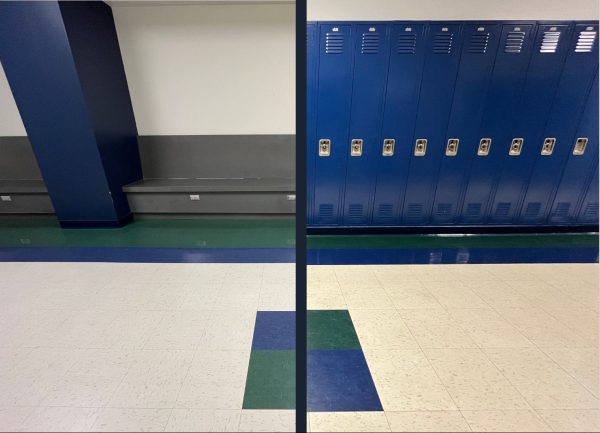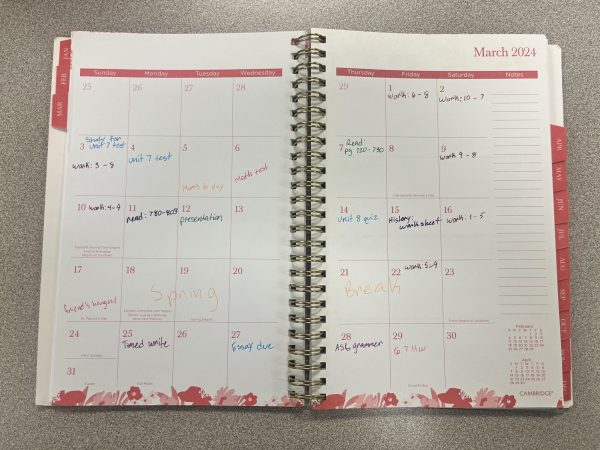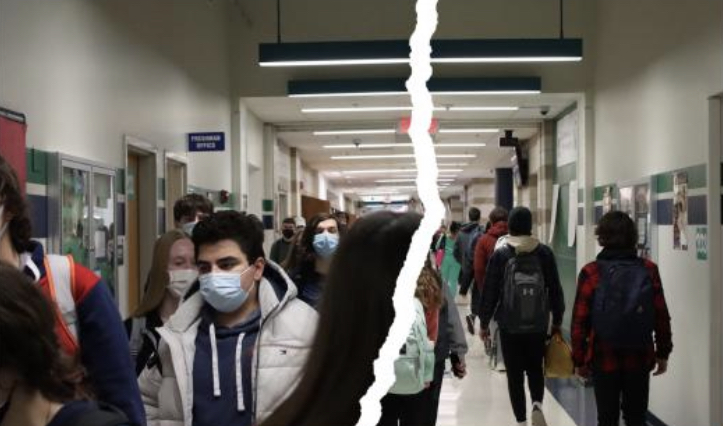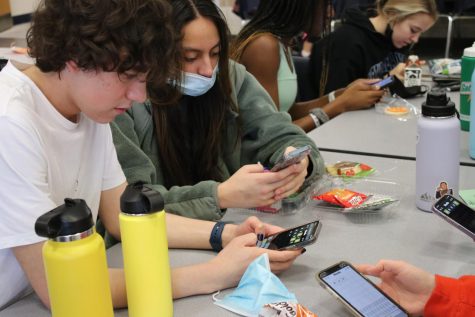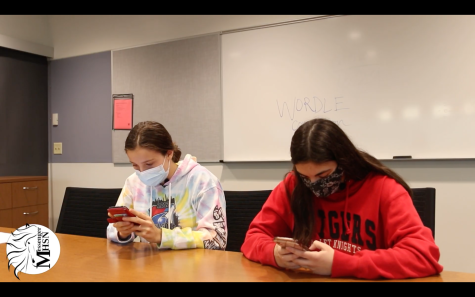Dismissal Protocol Needs to Change
Media by Aarushi Bute, Ben Hughes
While the dismissal protocol calls for staggered dismissal of each floor, passing periods do not have that same regimen.
It has become a routine at the end of everyday: bus announcements and staggered floor dismissals.
Principal Dr. Steve Hankins said the thought process behind staggered dismissal was to find a way to get students to their vehicles or the buses while avoiding having them congregate in large groups. This way, administrators are able to monitor students more closely.
However, this daily staggered release is creating inconvenience for students when in fact the risk is not there.
The CDC defines close contact COVID-19 exposure as being within 6 feet of someone who has COVID-19 for more than 15 minutes. During dismissal, everyone has their masks on and even from the farthest end of the math wing, it is not a 15-minute walk out of the building.
Because the entire school is at half capacity, just as few people are moving during release times as during passing periods. Students are all coming from all different parts of the building so they’re not all crowding around the exits at once.
In theory, congregation would be just as easily monitored with the same amount of faculty stationed around the building.
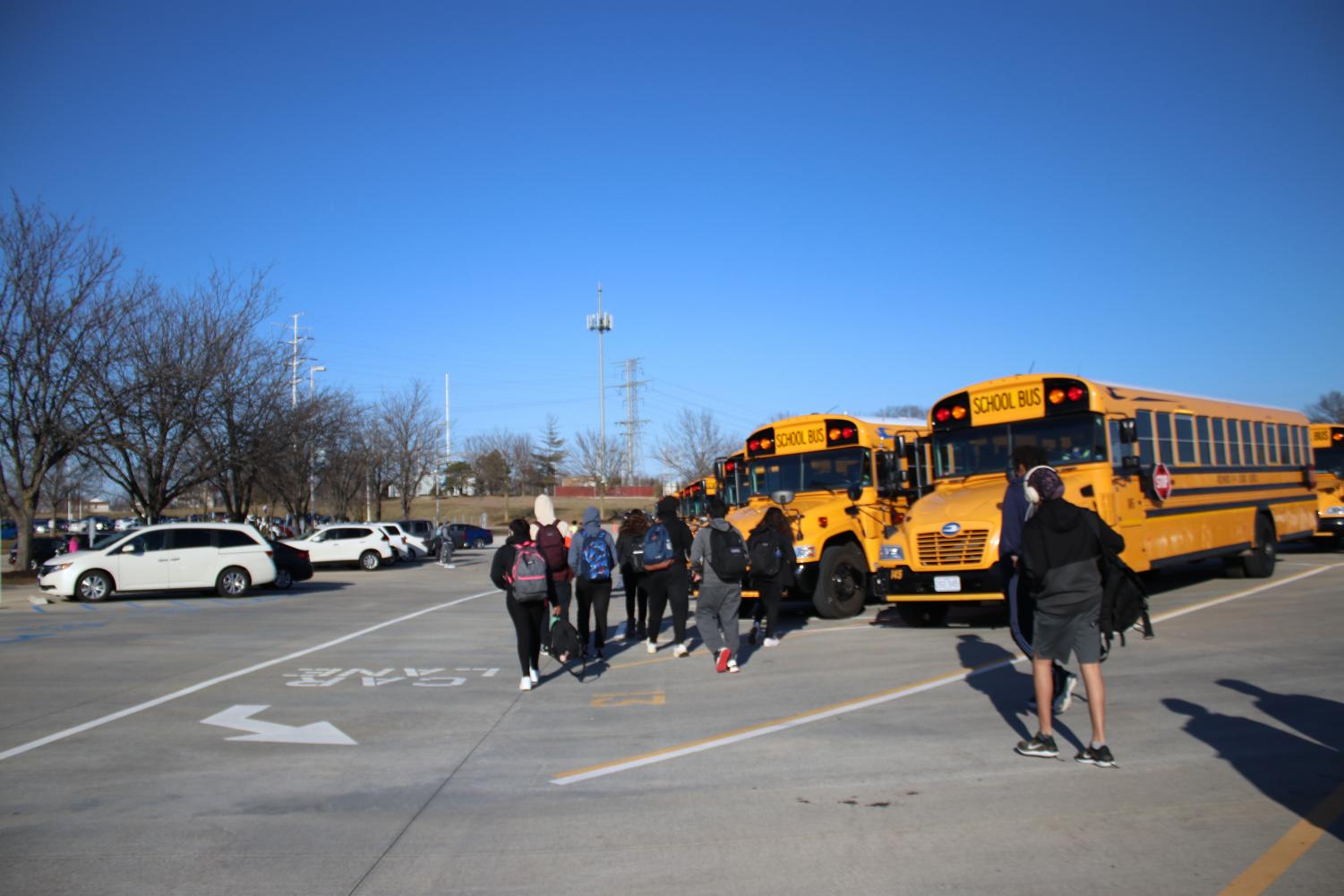
“Halls are at half capacity, so they are not as crowded as they would be normally,” Dr. Hankins said.
But, the same can be said for dismissal so the enforcement of this policy really only seems to be causing inconvenience.
Not to mention, staggered dismissal proves difficult once students reach the parking lot. Especially now in this winter weather, if students who carpool are released at separate times, they often have to stand in the cold outside to wait for their fellow student.
This causes nothing but an extra hassle for students trying to get home.
I also have witnessed many underclassmen looking to catch last-minute rides home with older students that they know. Often, though, they are only given a parking spot number in a lot they are unfamiliar with and left to wander aimlessly in the cold.
If students were released at the same time, these younger students would have the option to walk with older students to their cars and avoid spending more time than they need to outside.
Not to mention contact tracing stops at the school doors, and there is no regulation as students make their way across the parking lot at the end of the day.
Once students are outside, they disperse and often take their masks off. The concern of indoor congregating with masks is not nearly as troublesome as the much larger exposure occurring after school with no one monitoring that masks stay on.
Your donation will support the student journalists of Marquette High School. Your contribution will allow us to purchase equipment and cover our annual website hosting costs. You may become a PATRON by making a donation at one of these levels: White/$30, Green/$50, Blue/$100. Patron names will be published in the print newsmagazine, on the website and once per quarter on our social media accounts.
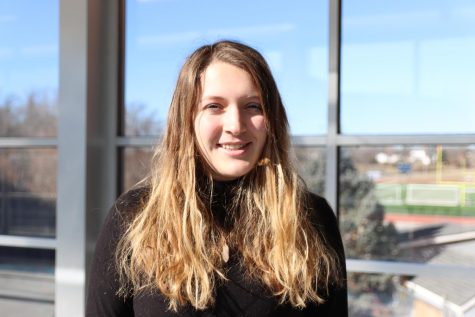
Marin Ellington (she/her), senior, is the Editor in Chief of the Marquette Messenger. In addition to her involvement in student journalism at Marquette,...





